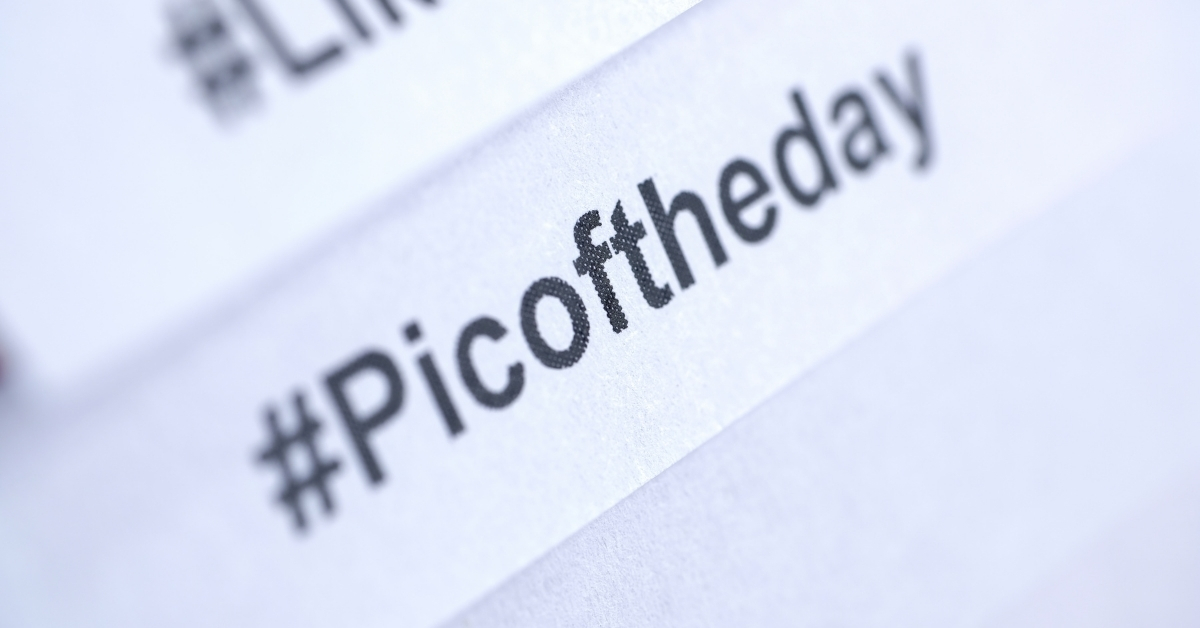Marketing to Generation Z, or Gen Z, presents a unique set of challenges and opportunities for businesses. Born between 1997 and 2012, Gen Z is the first generation to grow up in a world dominated by the internet, social media, and smartphones. Their distinctive characteristics and digital upbringing require a tailored approach to marketing. In this comprehensive guide, we will delve deeper into understanding Gen Z, their social media habits, and effective marketing strategies to capture their attention and loyalty.

Understanding Gen Z: A Digital-First Generation
Understanding Gen Z—a digital-first generation—is crucial for crafting effective marketing strategies that resonate with their unique values, behaviors, and preferences. As digital natives, Gen Z has grown up immersed in the internet and technology, making them highly adept at navigating the online world. This proficiency shapes their consumer habits, preferences, and the ways in which they engage with brands and content online.
Digital Natives
For Gen Z, the internet and digital platforms are not just tools but integral parts of their daily lives. Their comfort and fluency with technology position them as a key audience for digital marketing initiatives.
Social Media Pioneers
Social media isn’t just a pastime for Gen Z; it’s a crucial component of their social lives and how they consume information and entertainment. With an average of four hours spent on social media daily, platforms like Instagram, TikTok, and Snapchat are vital channels for engaging with this generation.
Authenticity Matters
Gen Z values genuine interactions and is more likely to engage with brands that demonstrate authenticity and transparency in their communications. This generation is skeptical of traditional advertising and looks for brands that can align with their values authentically.
Reluctance to Traditional Independence
Marked by a reluctance to rush into traditional markers of independence, many in Gen Z prefer living with their parents longer to save money. This pragmatism extends to their spending habits, indicating a focus on value and practicality in their purchasing decisions.
Influence of Social Media
A significant 80% of Gen Z has been influenced to make purchases based on social media recommendations. While influencer marketing is effective with this cohort, there’s a strong preference for genuine recommendations over overt advertising.
To effectively market to Gen Z, brands need to leverage digital platforms creatively and authentically. Engaging content, transparent communication, and alignment with their values and concerns will resonate more with this generation. Additionally, recognizing their financial pragmatism and preference for authentic, value-driven interactions can help brands build lasting relationships with Gen Z consumers.

Effective Marketing Strategies for Gen Z
Now that we have a deeper understanding of Gen Z’s characteristics, it’s time to explore strategies that can help businesses effectively market to this generation.
Authentic Influencer Collaboration
Gen Z has a keen awareness of influencer marketing tactics. To engage this generation successfully, brands should focus on authentic influencer partnerships. Rather than having products as the sole focus of scripted content, integrate them seamlessly into a larger, genuine narrative. Highlight real experiences and benefits to resonate with Gen Z’s preference for authenticity.
Brand Persona on Social Media
Gen Z has ushered in the trend of brands having their own distinct persona on social media. Many companies are now hiring creators or hosts to represent their brands on these platforms. To mitigate the risk of relying solely on one brand personality, businesses should consider developing multiple brand personas, each catering to different aspects of their target audience.
Emphasis on Engagement
Gen Z tends to be less brand loyal than previous generations. To capture their attention and loyalty, brands should prioritise engagement. Encourage active participation, feedback, and user-generated content. Providing employees with the freedom to create content that resonates with their friends and families can also help foster engagement.
Leverage Trends
Staying up to date with in-the-moment trends on social media is essential for connecting with Gen Z. Brands should be agile and ready to act swiftly to capitalise on trending topics. Simplicity and relevance are key when participating in trending conversations.
Authenticity and Values
Authenticity remains the cornerstone of successful marketing to Gen Z. Brands should align with values that resonate with this generation, such as sustainability, social responsibility, and inclusivity. Demonstrating a genuine commitment to these values in actions and messaging can establish a strong connection with Gen Z consumers.

Conclusion
Marketing to Gen Z requires a nuanced approach that embraces their digital-first lifestyle, values authenticity, and prioritises engagement. Brands that understand the unique characteristics of Gen Z and adapt their marketing strategies accordingly will be better positioned to capture the attention and loyalty of this influential generation. By staying authentic, embracing trends, and fostering engagement, businesses can thrive in an era where Gen Z wields considerable consumer power.
Marketing is our business, so we have these techniques embedded in our social media. You may realise we love to engage with you, whether it’s a poll or comments. You may also find we have posted about BlackPink and Taylor Swift when they are touring. This strategy was formed before we started our profiles because we know content about marketing techniques does not allow us to ride the waves of trends. This is why we are different from other marketing agencies.





























